
One topic that has become increasingly controversial in the trucking industry is the use of dashboard cameras. Everyone from drivers and carriers to industry experts has an opinion on the use of these cameras and whether they provide any real benefits. For some, the argument is in favor of dashboard cameras because they can increase protection for the driver and company, while reducing liability. Others argue that dashboard cameras infringe on drivers’ privacy and create distrust between drivers and their companies.
Pros: Liability and Protection
People who are pro-dashboard camera believe they benefit drivers by adding a level of safety and increased protection from liability during accidents.
As truck driver Steve commented on our Facebook poll, “Outward facing cameras are great. They can be used to prove fault in accidents.”
Even though most people do not realize it, the majority of vehicular crashes involving trucks are actually caused by passenger vehicles. Two independent studies by The University of Michigan Transportation Research Institute and the National Highway Traffic Safety Administration (NHTSA), found that cars are at fault from 71-91% of the time in fatal crashes with trucks. While drivers are often not at fault for the crashes, they, as well as the carriers, often end up being held liable for the accident. For trucks with outward facing cameras, they are most easily able to prove their case and liability status based on footage from the incident.
They provide a constant eye in the case of danger and damage.
Dashboard cameras are an important option for protecting truck drivers from wrongful allegations which reduces costs and liability for carriers. With such great benefits, many carriers are opting to install dashcams.
Cons: Privacy and Micromanagement
While dashboard cameras can improve safety and protection for drivers during accidents, many would argue that they are an invasion of privacy, especially inward facing cameras, as many drivers’ trucks are also their homes.
As truck driver GS Bass told us, “I feel the cab is my personal space, private, my domicile while working. I know companies can dip into any inward camera and observe.” Similarly, another driver, Eric, observed, “This is my home when it’s not moving.”
Most drivers live in their trucks while making hauls, so not only is it their office, but it is also their living room, kitchen, and bedroom. The use of dashcams takes away from drivers’ rights to have privacy and makes their every move available to the carriers, as well as anyone else you could access the camera’s footage. With that said, drivers would have no room to even scratch their nose without someone watching.
Another argument against dashboard cameras is micromanagement of a driver’s decisions. Let’s say you have a trucker who has been a great driver for over 10 years and has vast experience making sound driving decisions. Dashboard cameras allow the carrier to scrutinize and judge every decision a driver makes, without understanding its nuances and consequences.
Steve told us, “They make driving less safe because we now drive for the camera. If a traffic light turns yellow and you have to brake even minutely hard, it causes the camera to go off. We then get called in and coached on hard brakes. This coaching gets put in your record and you accumulate points for it. If someone pulls out in front of you, and you hit the brakes too hard, points. If you’re listening to the radio too loud when the camera comes on, or taking a drink of coffee, or looking out your side windows (like checking your mirrors), points.”
For drivers, this can create frustration as someone who has never driven a rig tries to tell them how to do so.
A Potential Solution
While proponents and opponents of the argument each make valid points, there is middle ground that can be reached on the topic of dashboard cameras. Many truck drivers would be amenable to forward-facing cameras if they don’t have to deal with the inward cameras. The benefits of forward-facing cameras are undeniable to both truckers and carriers. If carriers take this too far with inward facing cameras, they will face resistance because of privacy concerns.
Another consideration is how much flexibility and freedom carriers choose to give individual drivers. If a carrier decides to institute a dashboard camera policy without consulting with their drivers, they will likely see extreme resistance.
On the other hand, if a carrier allows drivers to make their own decisions about dashboard cameras, and just educate them on the pros and cons, they may find that more and more drivers will voluntarily elect to install cameras.

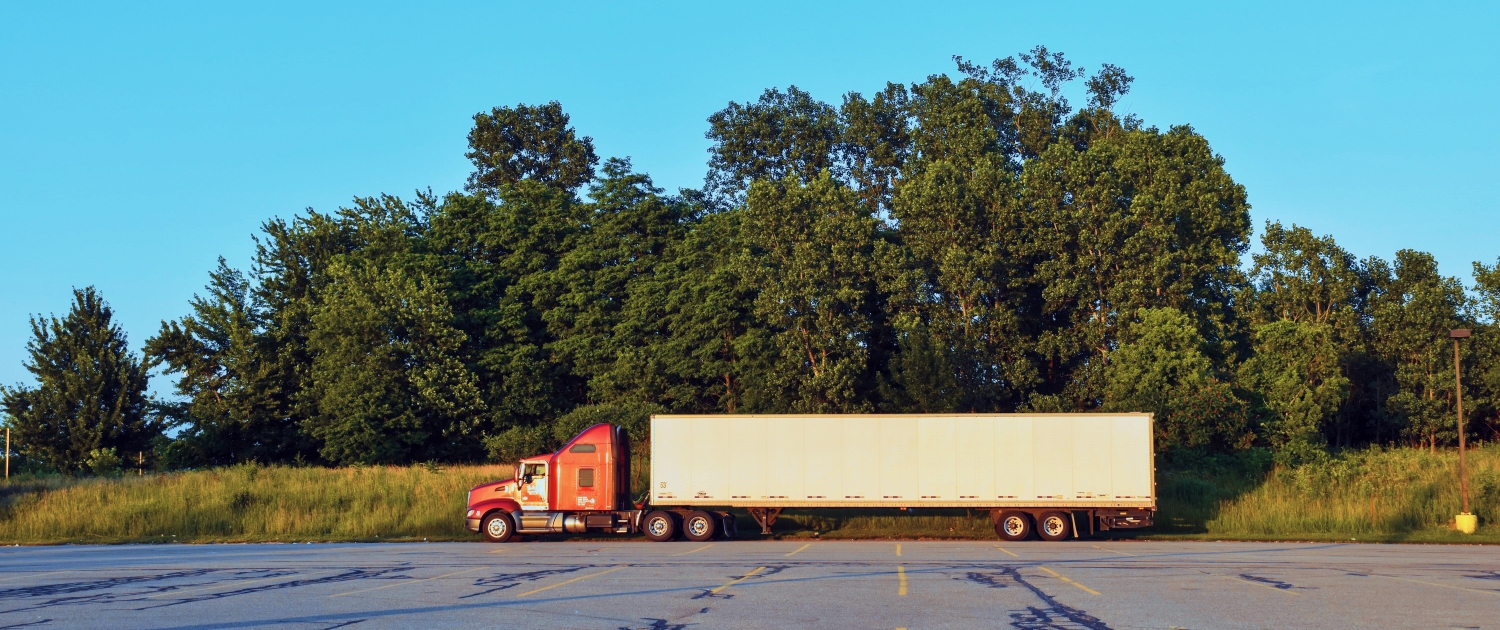 While the COVID-19 pandemic seems to mostly be in the rearview mirror, it brought a lot of changes to the trucking industry. While some of these changes seem to be going by the wayside, some look like they’re here to stay. Here are 5 ways that COVID has impacted driver recruiting.
While the COVID-19 pandemic seems to mostly be in the rearview mirror, it brought a lot of changes to the trucking industry. While some of these changes seem to be going by the wayside, some look like they’re here to stay. Here are 5 ways that COVID has impacted driver recruiting.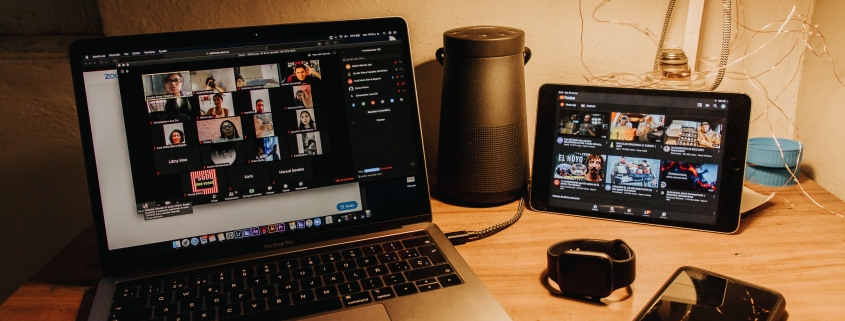


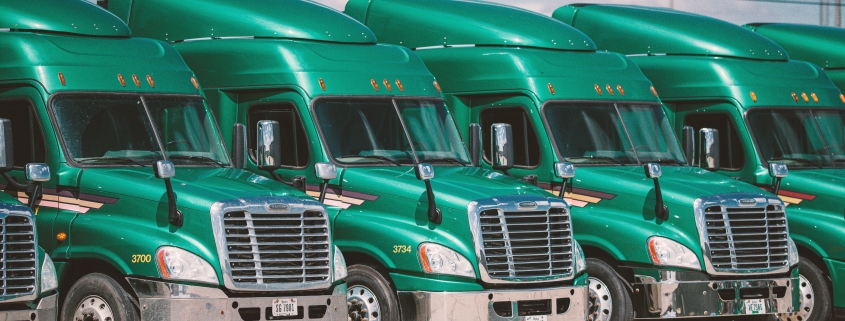

 Comprehensive CDL Recruitment Solutions
Comprehensive CDL Recruitment Solutions


 From shipping delays to empty shelves and rising prices in supermarkets, the effects of the truck driver shortage can be felt all across the country. Carriers and advocates have tried a number of ways to get more drivers into the industry. From raising pay to
From shipping delays to empty shelves and rising prices in supermarkets, the effects of the truck driver shortage can be felt all across the country. Carriers and advocates have tried a number of ways to get more drivers into the industry. From raising pay to 





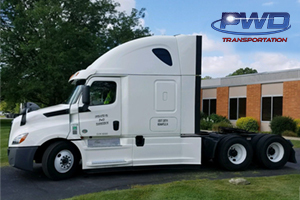 PWD Partners with Drive My Way for Success
PWD Partners with Drive My Way for Success
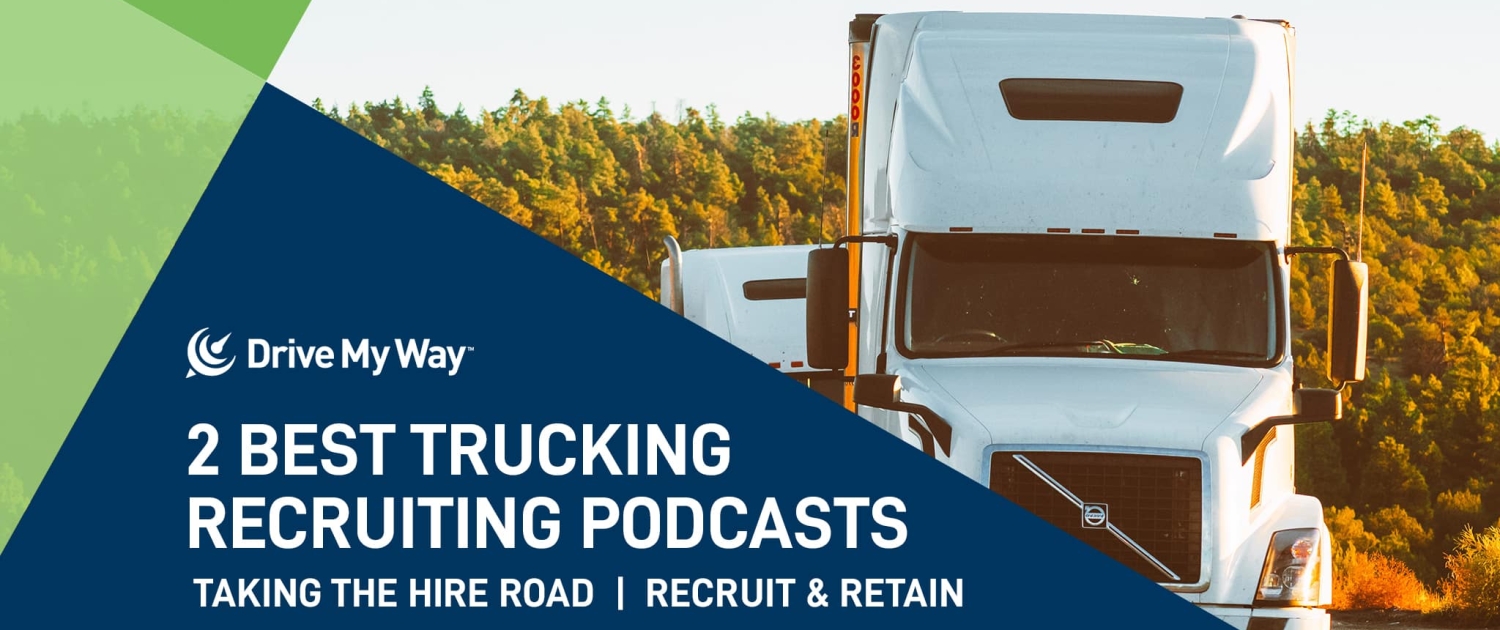






 There are several diverse ways you can execute training. You can bring in a trainer and conduct training live and in-person with a large group. In addition, you can offer opportunities for group training online or individualized online training. You want to make sure the delivery matches up well with your
There are several diverse ways you can execute training. You can bring in a trainer and conduct training live and in-person with a large group. In addition, you can offer opportunities for group training online or individualized online training. You want to make sure the delivery matches up well with your 
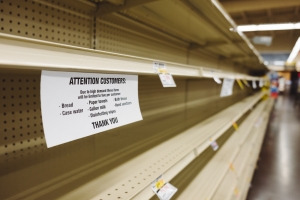 Global
Global 



 You may be facing quite a few truck driver layoffs within your company. Each person will react to the news differently, but many of them will have the same questions. Prepare for some of their most immediate concerns and questions your drivers might have. Drivers may ask how to file for unemployment, whether their health coverage will continue, and whether they will have disability insurance. Soon, they will become more work-focused as they begin looking for a new job and may wonder if they need to register for the
You may be facing quite a few truck driver layoffs within your company. Each person will react to the news differently, but many of them will have the same questions. Prepare for some of their most immediate concerns and questions your drivers might have. Drivers may ask how to file for unemployment, whether their health coverage will continue, and whether they will have disability insurance. Soon, they will become more work-focused as they begin looking for a new job and may wonder if they need to register for the

